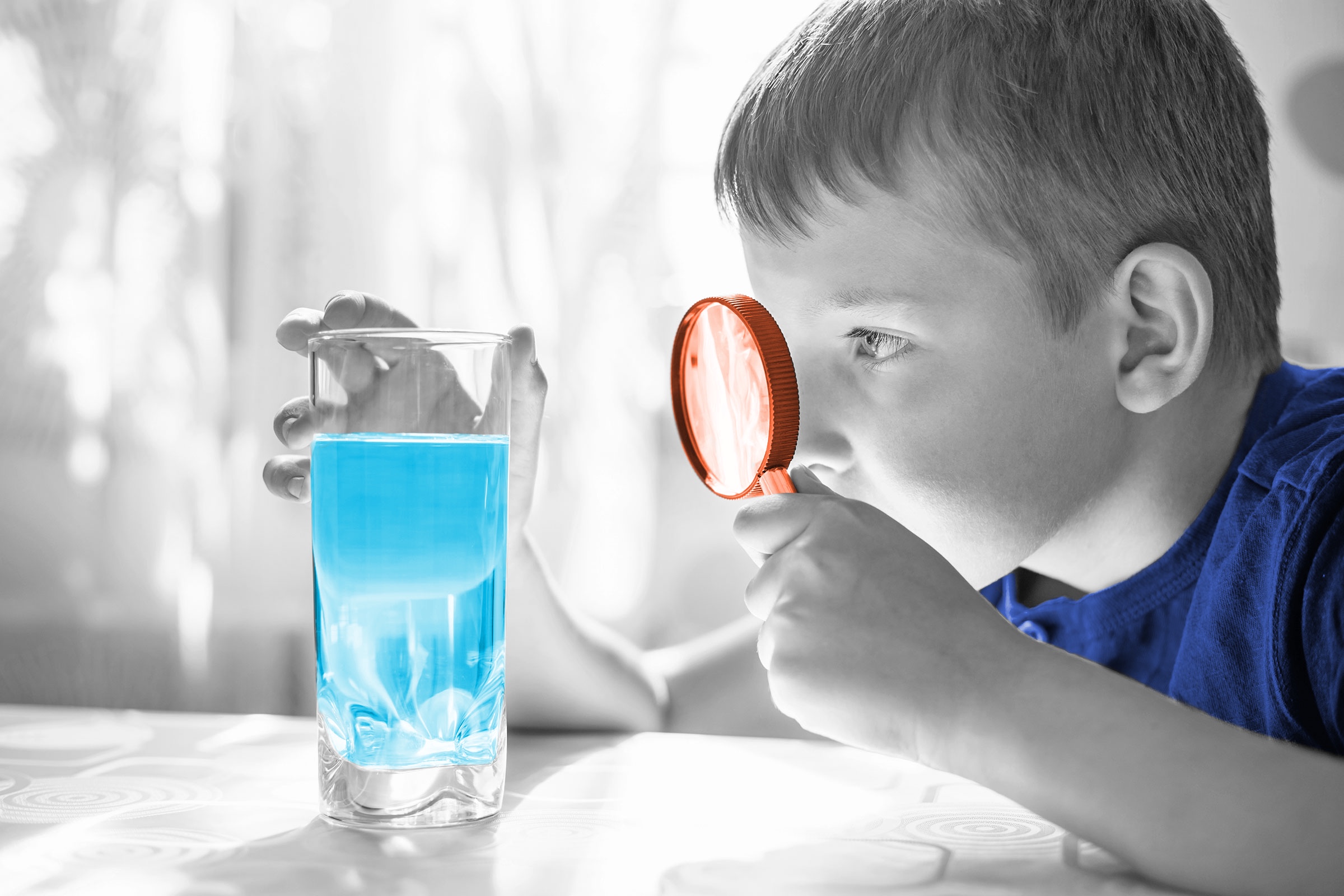| Human ears have two main jobs: alerting us to noises in the world around us, and keeping our bodies balanced as we move throughout the day. However, researchers have found another small trick our ears can perform: determining the temperature of water. While they may look identical, hot and cold water make different sounds when poured. With a little help from our brains — which learn to recognize the contrasting tones over a lifetime of repeated exposure — most people can tell the difference between cold water poured from a pitcher or hot water transferred from a kettle, without even seeing the cup being filled. Without the cues of visible boiling or a collection of ice crystals, liquid water tends to look the same regardless of its temperature. What humans can't see is that temperature actually affects water's viscosity (aka thickness), which produces different sounds that we can hear. At lower temperatures, water molecules are sluggish and create temporary bonds that thicken the liquid, producing a lower-frequency sound when poured. Conversely, heated water molecules are more energetic, making it harder for molecules to join together. Fewer bonds result in thinner water, which produces a noticeably higher-pitched sound when transferred into a cup. Researchers say bubbling also plays a role in water acoustics — hot liquids have more bubbles than cool liquids, which contribute to the higher tones we hear while pouring out a cup of coffee or tea. | 







No comments:
Post a Comment